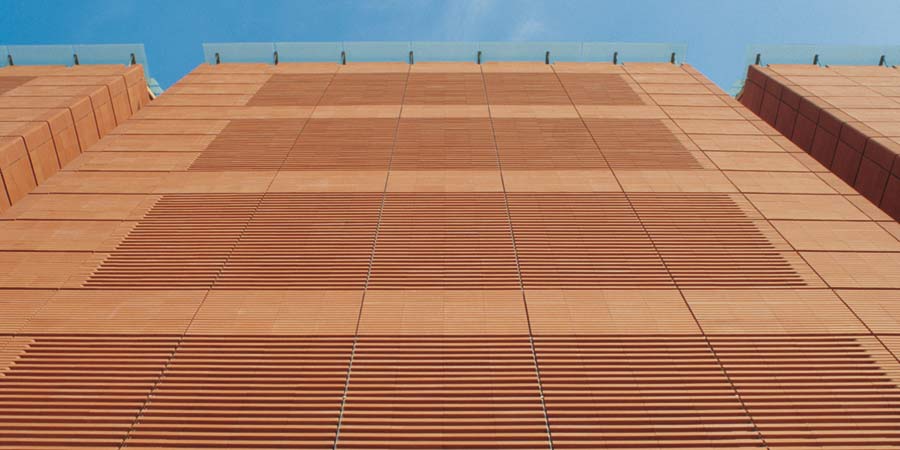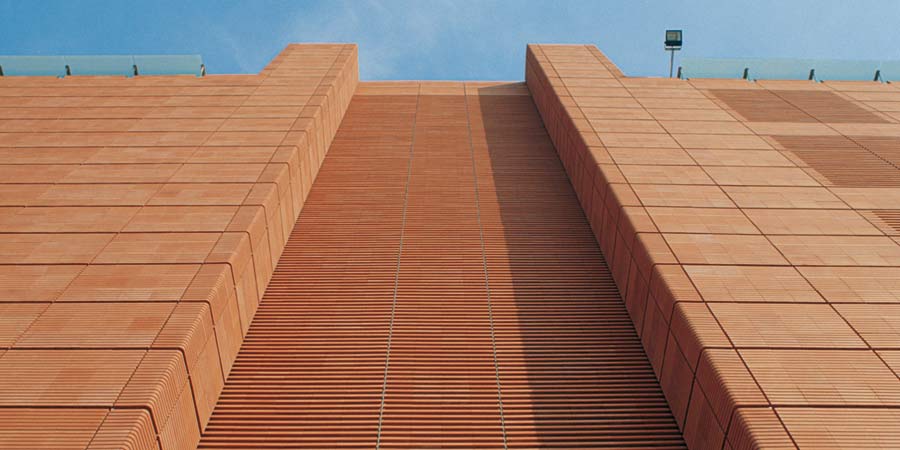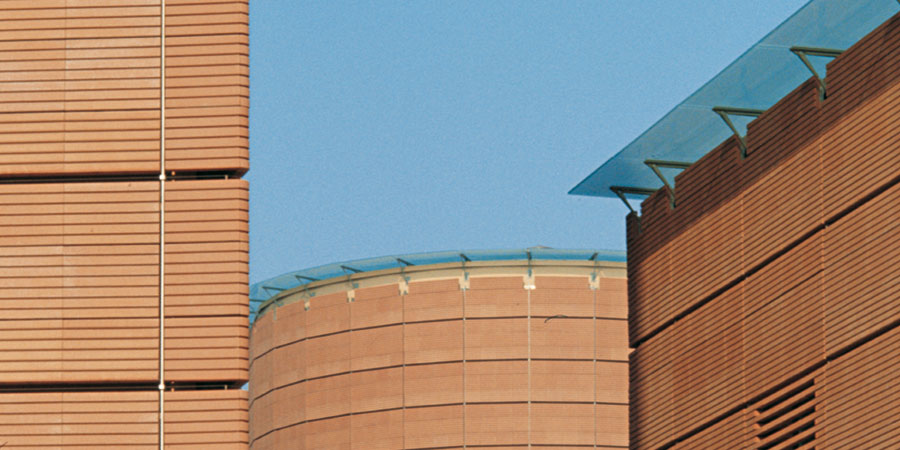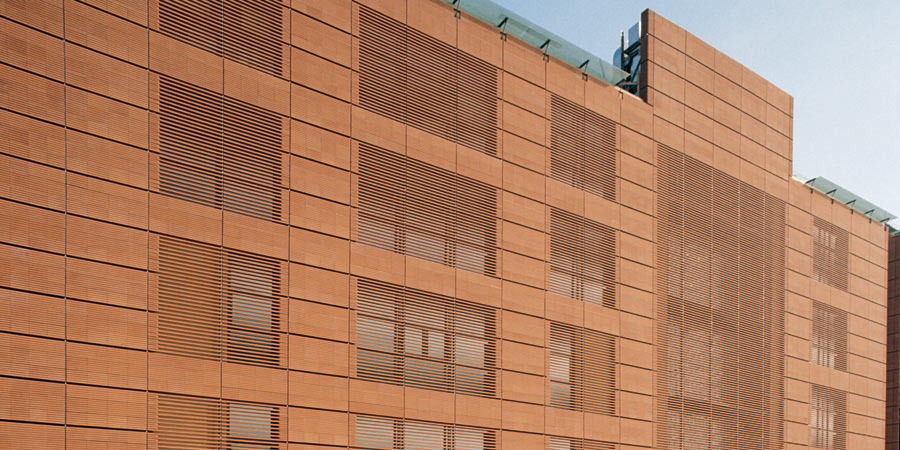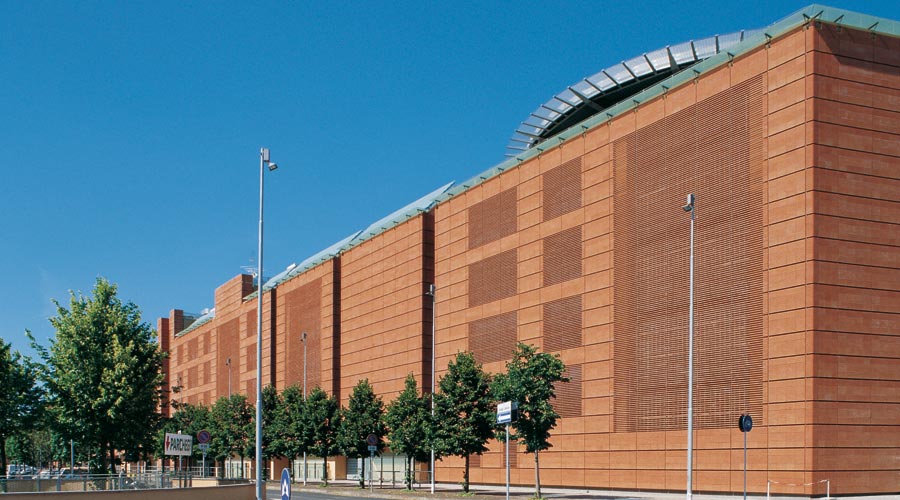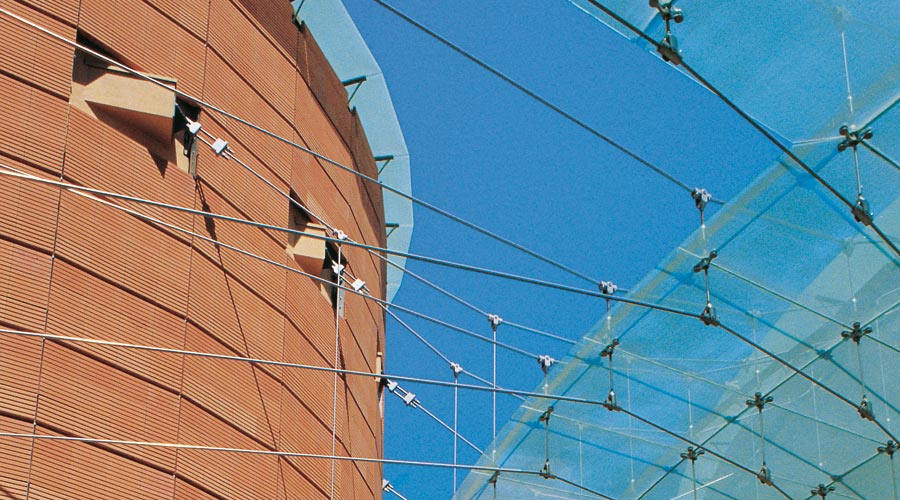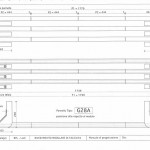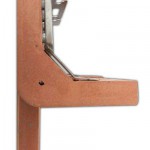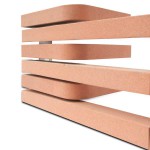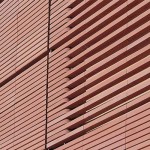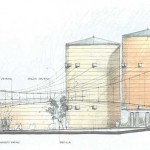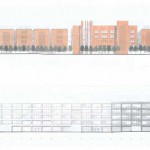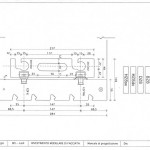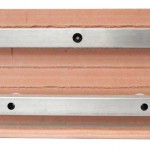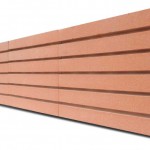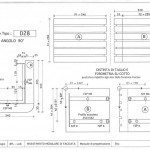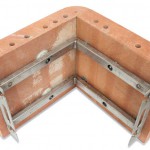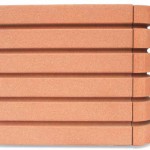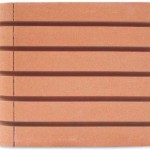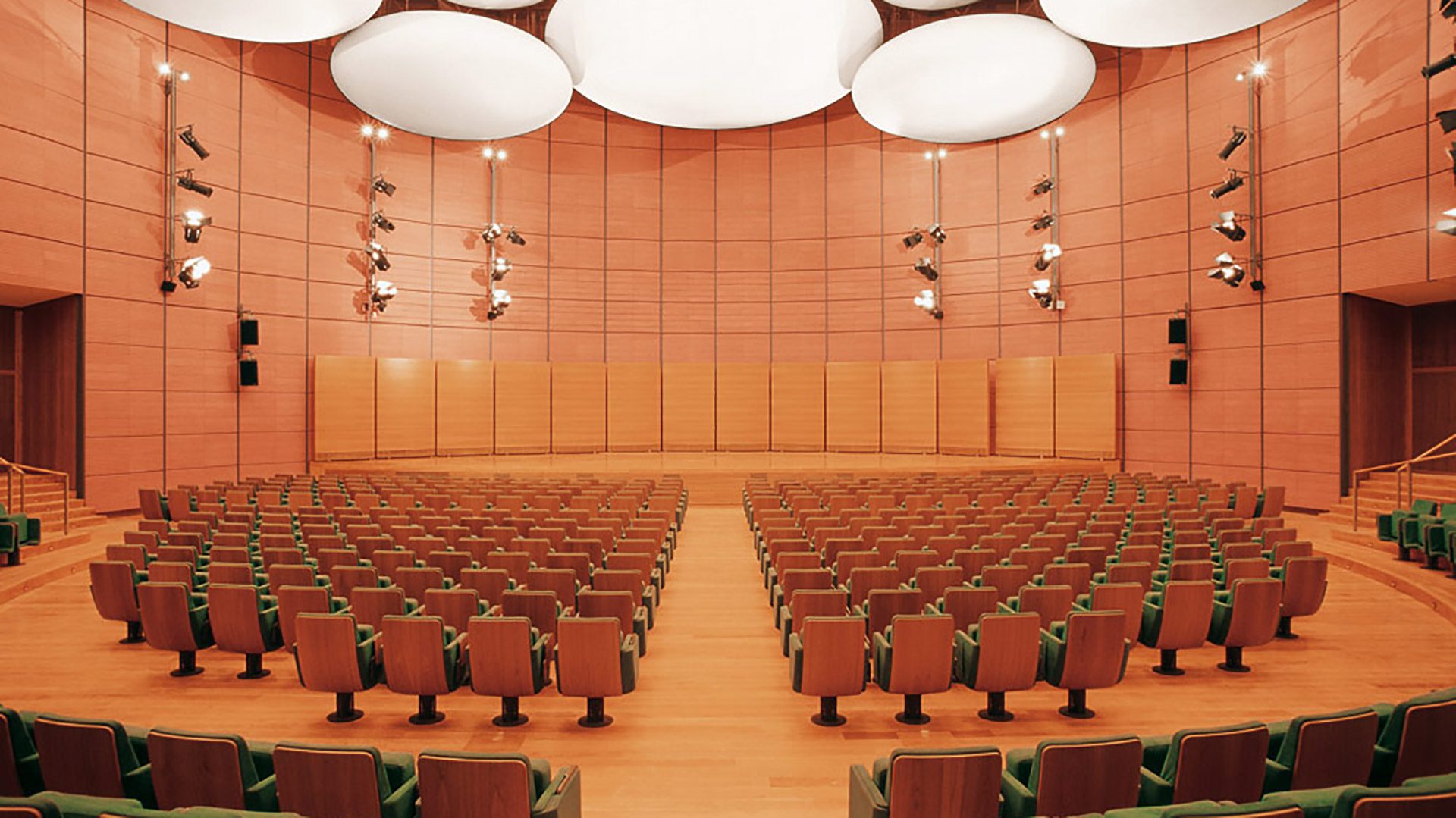
Popolare di Lodi Bank – Lodi – IT
PORTFOLIO
The complex, located in the area once occupied by the Polenghi Lombardo factories, has today, with the realization of Architect Renzo Piano’s project, a homogeneous and compact main elevation in cotto which bends and curves, emerging from the urban profile with the intent to highlight a clear distinction between structure and cladding. The “detail” is the basis of the project idea and exactly for this reason the Architectural Firm Renzo Piano has designed three customized terracotta elements, extruded by Palagio Engineering in order to complete the overall design of the ventilated cladding.
The terracotta cladding, installed at a 20 cm distance from the construction, is absent in some modules on the upper part of the building, in order to evidence the distinction between the terracotta cladding and the underlying concrete structures and metal casting shelves, supporting the glass plates of the cornice
The second skin of the building is characterized by the combination of panels composed of twelve extruded and ribbed profiles, supported by a substructure in stainless steel fastened by expansion anchors. The basic element is a panel with air chamber, extruded in single pieces and installed with two different dimensions (cm 27×44 and cm 33×44) ,thickness mm 34. The five horizontal groves create an effect of “coating strips”. These frames are than fixed to the wall by means of open slot brackets with a horizontal cylindrical shape, fixed laterally to vertical profiles in stainless steel.
Technique
The visual impact of the building is lightened in some points by a grid system with horizontal louvers. The terracotta profiles used for these grids are extruded in a tubular shape, dimension 4 x 5 cm; steel profiles are inserted into the cotto elements and fixed laterally onto frames which are connected to the structure of the building; customized elements connect the second skin with the backup wall at the window intrados.
For this project Palagio Engineering has produced a curved terracotta panel named “Angolare” to create a fluid and harmonious connection between the walls with a 90° incidence.


